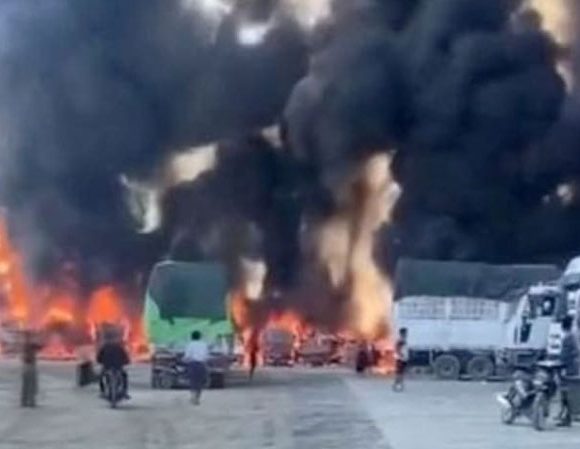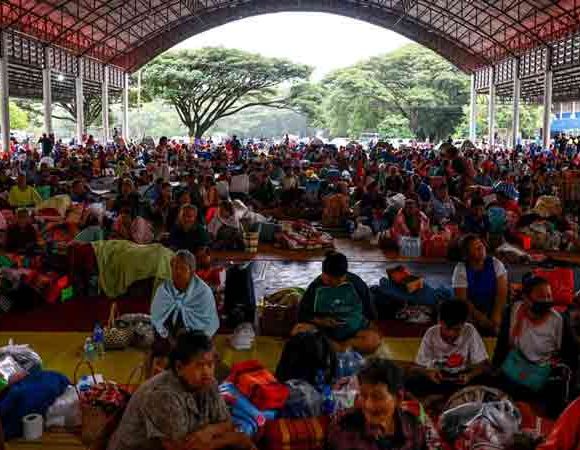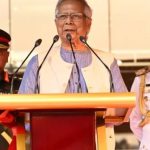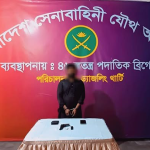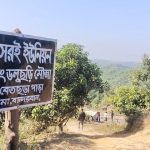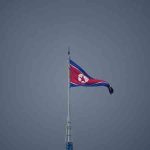More than 80pc of the population of Myanmar’s Karenni State has been displaced by war
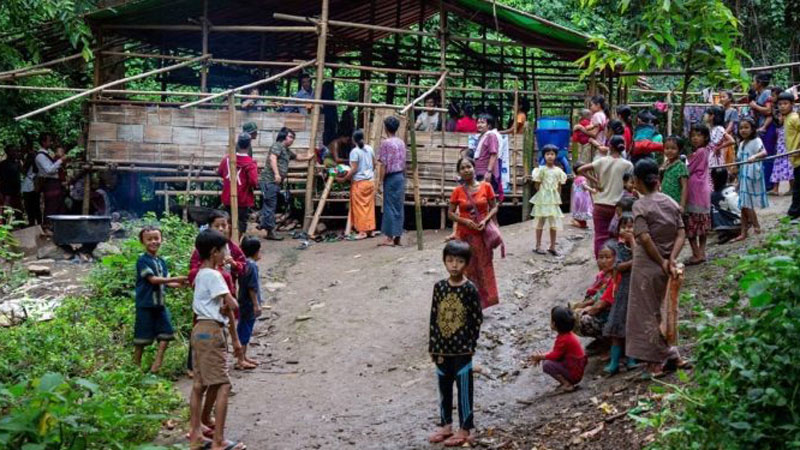
More than four-fifths of the people who live in Myanmar’s smallest state have fled their homes since the coup, according to the interim government of the resistance stronghold, The Irrawaddy reports.
About 350,000 of the 420,000 people who live in Karenni State and an adjacent township in southern Shan State, Pekon, are now internally displaced persons (IDPs), according to the interim government of the state, which is also known as Kayah.
The Interim Executive Council’s Humanitarian Department updated the number of IDPs on Jan. 11 and the council released the data this week. The council said it included residents of Pekon because the township was previously part of Karenni State.
Ko Banyar, a deputy secretary of the council, said that “80 to 85 percent of the Karenni population have become IDPs.”
Almost 100,000 people were added to the list in the last two months alone, he said.
Karenni State has been heavily bombed by the junta since the coup because it has not recognized the legitimacy of the coup-installed government.
Forty-six religious buildings, 22 schools, 14 hospitals and 2,281 homes have been destroyed by junta airstrikes and shelling as of Jan.1, according to advocacy group Progressive Karenni People.
Fighting escalated in the state and Pekon Township after resistance forces there launched Operation 1111 on November 11 last year to drive junta troops and officials from the state. So far, they have seized three towns and are fiercely battling to capture the state’s capital Loikaw.
Ko Banyar said the nearly 100,000 new IDPs were from the state capital and Pekon Township and that they fled their homes after the launch of operation 1111, adding that most fled to three townships in southern Shan State: Hsihseng, Pinlaung and Taung Gyi.
Karenni State is a just few hours’ drive from the regime’s nerve center, Naypyitaw, which puts resistance fighters within striking distance of the generals.
The number of civilians killed by junta shelling and airstrikes in the state surpassed 500 on Jan. 11 and about 65 per cent of them were women and children, Ko Banya said.
He said the main problem for IDPs is food shortages at IDP camps. “That problem may become worse,” he added. The second priority is medicine. “We have been trying to solve these problems with all of our efforts, but we face a lot of limitations,” Ko Banya explained.
The number of IDPs in Myanmar since the coup exceeded 2.6 million, the UN Office for the Coordination of Humanitarian Affairs in Myanmar estimated at the end of last year. That number does not include IDPs from before the coup.

